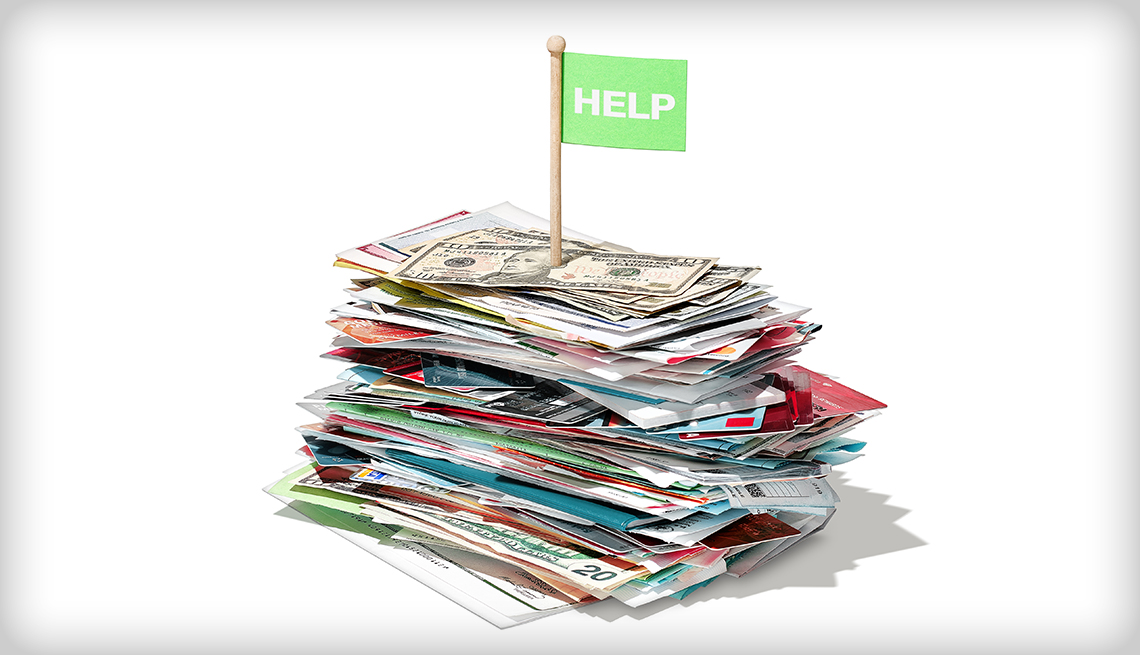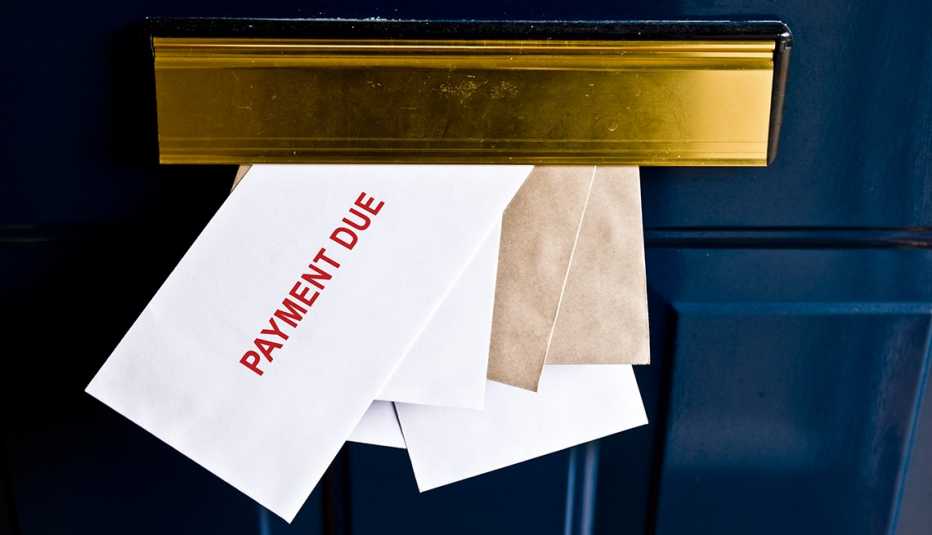Staying Fit
When you're trying to focus on what's important in life — financially and other-wise — clutter is your enemy.
The more accounts, monthly statements and investments you have, the harder it is to see the big picture of your finances. Complexity makes it easier to lose track of your money. It creates more paperwork at tax time, and it sows greater confusion for your older self and for your loved ones. Plus, those multiple accounts may be costing you unnecessary fees.


AARP Membership— $12 for your first year when you sign up for Automatic Renewal
Get instant access to members-only products and hundreds of discounts, a free second membership, and a subscription to AARP the Magazine.
With all the IRAs, bank accounts and credit cards you've accumulated over the years, financial clutter may have crept up on you. Here's how—and how much — to trim it back.
Credit Cards
Trim back to: 2 cards
Why?
One is for day-to-day use—and you really need only one. The second card is for storing somewhere safe at home so you don't get stuck if you lose the first one. That backup card should be from a different issuer than the company that offers your primary card, suggests consumer advocate and radio host Clark Howard, in case one or the other lowers your credit limit or even cancels your card. Why not more than two cards? The more you have, the harder it is to track your spending, says Dan Ariely, a Duke University economics professor.
How?
Simply go online or call the issuers to cancel cards you rarely use. If you have any automated payments charged to these cards, such as for phone or cable service, switch the automated payments to a card you plan to keep. Then cut your old cards into confetti before tossing them.




































































